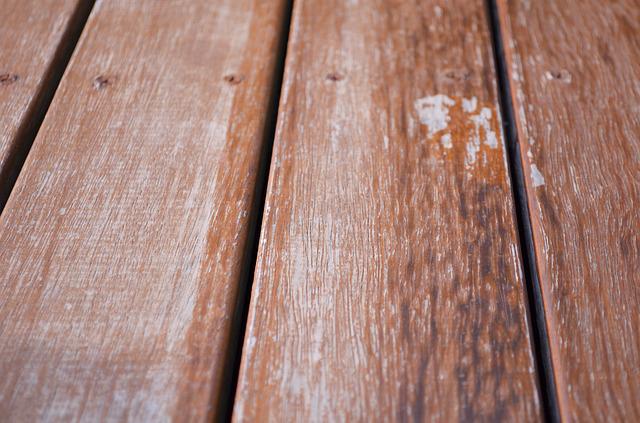So you’ve chosen to utilise wood for your deck. Now comes the challenging part. It’s time to pick which wood is most suited to your project.
When selecting a wood species, consideration should be given to aesthetics, location of the deck, continuing care needs, budget, and availability.
Appearance
Timber is often selected for its inherent beauty and attractiveness. Grain exposure may have a dramatic and visually pleasant impact.
Consider what colour you want for your deck when selecting a wood species. The knots and grains will show through if you choose a colour that matches the natural colour of the wood. Adding colour will create a fashion statement.
Location
It is vital to choose lumber that will resist the weather conditions it will be subjected to.
A high amount of exposure to rain, sunlight, and even wind will necessitate the use of a hardy species.
Maintenance
Whatever material you pick, routine care will be required to keep your deck looking excellent. However, remember that certain decking timbers need less time and effort.
Budget and Accessibility
The cost of decking lumber varies, from more costly hardwoods to less expensive treated pine.
If you’re on a tight budget, be sure to plan for the amount of area that needs to be covered and the quality you’ll need for your decking. More readily accessible woods are less costly and more straightforward to find, mainly if you’re working on a tight deadline.
Hardwoods There are several hardwoods suitable for decking projects to pick from.
Advantages of Hardwood
- Can create eye-catching installations
- High-quality, long-lasting wood
- Composite decking is less expensive.
The Disadvantages of Hardwood
- Some species are susceptible to extractive bleed out or iron stains.
- More expensive than treated wood decks.
- Drilling and nailing might be tricky.
Hardwood Types
There are several hardwood species to choose from. Merbau’s warm red-brown tones provide a beautiful deck that may be used all year. In addition, the species is long-lasting and less costly than other hardwoods.
Ironbark is the most resilient and long-lasting timber for decking. It is particularly resistant to fire, termites, and decay. On the other hand, its great density might make it challenging to deal with. Because of its durability, Ironbark is an excellent choice for high-traffic applications such as poolside decks.
Jarrah is a popular choice because of its rich brown colour. Jarrah, on the other hand, is an expensive timber that is also fire resistant. Jarrah will mature to a beautiful grey colour if left untreated. Another fire-resistant wood is blackbutt, but it is more prone to iron stains.
Because of its resilience and strength, spotted Gum is often used for decking. In addition, it is harvested responsibly in Australia, making it an ecologically friendly native option.
The species is also fire retardant and has a high density with little shrinking. Spotted Gum bleeds less than other hardwoods and has a wide colour range, making it suitable for various applications.
Yellow and red stringybark is tough enough to be used outside. Yellow stringybark is frequently less expensive than red. Both hardwoods may develop borer holes, which should be considered visually before selecting one for your deck.
Treated pine is a less costly alternative to hardwood, but it will not survive as long.
Advantages of Treated Pine
- Working with lightweight and adaptable materials
- Affordable
- Pressure-treated to resist rot, fungus, and termites
- Its look may be altered by staining or painting.
The Disadvantages of Treated Pine
- Not as visually appealing as hardwood.
- Because it has previously been treated, it might be restricting.
- To protect against the weather, it must be oiled regularly.
Treated wood offers certain benefits if you’re on a limited budget, but its appearance outweighs them. Check if treated wood is acceptable for outdoor usage before buying it for your decking project.
The most important considerations for selecting a wood species are desired aesthetic, location, continuing care, budget, and availability. Working through each component will assist you in arriving at the best answer for your project.

